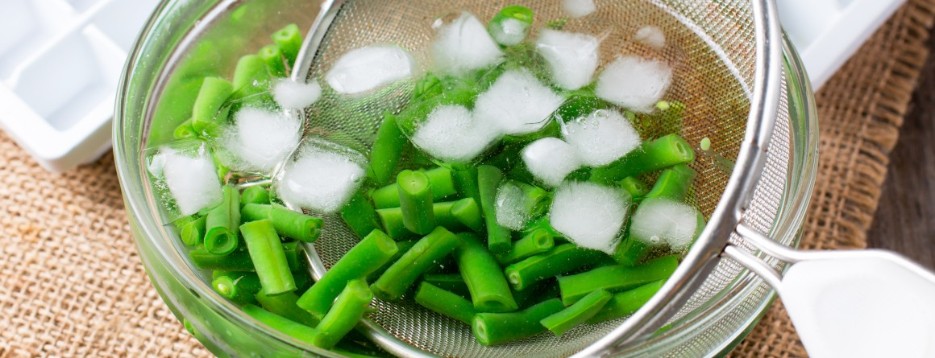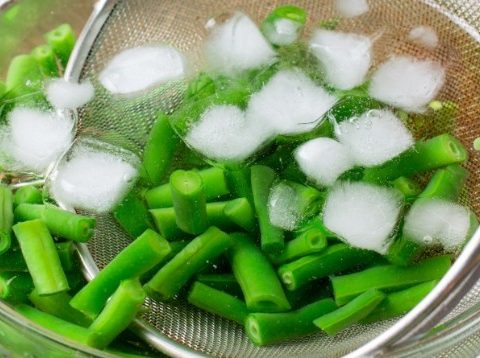Blanching Technique: Secrets to Preserving Freshness and Color
What Is Blanching?
Blanching is a cooking process where fruits and vegetables are plunged into boiling water for a very short time—anywhere from a few seconds to a few minutes—then immediately shocked in ice water. This stops cooking instantly and helps preserve color, texture, and nutrients before further cooking or freezing.
Types of Blanching
- Boiling Water Blanching: The most common method. Food is fully submerged in boiling water, then transferred to ice water. Ideal for large batches of sturdy vegetables.
- Steam Blanching: Food sits in a steamer basket over boiling water. Retains more nutrients and flavor—great for delicate vegetables.
- Microwave Blanching: Small amounts of water and food are microwaved in a covered dish. Fast and nutrient-preserving for small portions.
When to Blanch?
Use blanching before freezing or prior to final cooking to lock in vibrant color and crisp texture. It also makes peeling thin-skinned produce (like tomatoes or peaches) easier and reduces bitterness in greens such as kale or Brussels sprouts.
Blanching Steps
- Prepare: Wash, peel, and cut produce as needed.
- Boil: Bring a large pot of water to a rolling boil. Add salt if desired.
- Blanch: Add food without crowding, timing each item precisely.
- Shock: Transfer immediately to a bowl of ice water to halt cooking.
- Drain & Dry: Use a colander to drain, then lay out on a clean towel.
Recommended Blanching Times
| Ingredient | Blanch Time |
|---|---|
| Green Beans | 3 minutes |
| Broccoli | 2–3 minutes |
| Cauliflower | 3 minutes |
| Sliced Carrots | 2–3 minutes |
| Peas | 1–2 minutes |
| Asparagus | 2–4 minutes |
| Spinach | 2 minutes |
| Tomatoes (for peeling) | 30 seconds |
| Diced Potatoes | 3–5 minutes |
| Bell Peppers | 3 minutes |
| Zucchini | 1–2 minutes |
| Corn Kernels | 4 minutes |
Equipment Needed
- Large pot for boiling
- Steamer basket (for steam blanching)
- Colander or slotted spoon
- Large bowl with ice water
- Kitchen timer
Benefits of Blanching
- Color Preservation: Inactivates enzymes that cause pigment fading, keeping produce bright and appealing.
- Texture Improvement: Softens just enough for stir-fries or salads while retaining a pleasant bite.
- Nutrient Retention: Stops enzyme activity that otherwise breaks down vitamins like C and B.
- Freezing Prep: Essential step before freezing to prevent discoloration, off-flavors, and soggy textures.
Blanching is a simple yet powerful technique that every home cook can use to keep vegetables vibrant, nutritious, and delicious—whether you’re prepping for immediate use or long-term storage.


